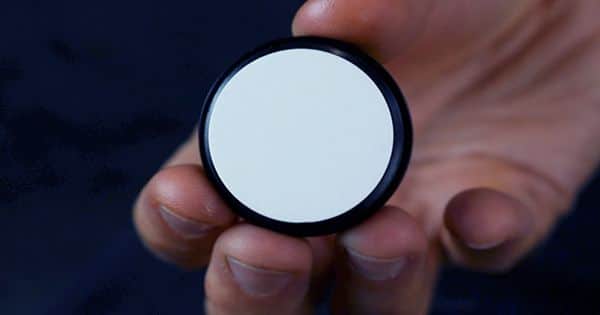Last October, scientists announced the creation of a ultra-white color so that it could used to keep reflections and even entire buildings cool.
This groundbreaking world has actually pushed the envelope into new ways to fight global warming. Now, they have produced an even white paint. Ultra white paints considered the opposite of vantablack, which absorbs 99.9 percent of the light. They reflect so much light that a surface painted with them ends up being cooler than the temperature around them.
The paint, released in October, was based on calcium carbonate (CACO3), the mineral that makes chalk. This was a reflection of about 95.5 percent, meaning that less than 5 percent of sunlight would be absorbed as heat. The new one, described in the journal ACS Applied Materials and Interfaces, uses barium sulfate instead, something that already commercially employed in paper and cosmetics. The team estimates that 98.1 percent of sunlight again reflected by the new paint, which means it, absorbs only 1.9 percent of the temperature.
“In our experiments, the new paint has doubled the cooling power of the previous color,” veteran author Professor Xiulin Ruan from Purdue University told IFLScience. Experiments have shown that the elements covered in the new color during the afternoon of strong sunlight were 4.4 degrees Celsius (8 degrees Fahrenheit) lower than the ambient temperature. At night, the material maintains a temperature of 10.5°C (19°F) below the surrounding areas.
This remarkable ability to cool down can be a game-changer in the fight against global warming. This paint can use in cooler buildings instead of air conditioners. “Conventional air conditioners use energy that often comes from burning fossil fuels. Meanwhile, when they transfer heat from the inside of the house to the outside, they turn the electricity into heat and release more heat to the atmosphere and around the earth, resulting in the effect of another heat island and warming the earth, ”explained Professor Ruan to IFLScience.
“Conversely, our paint consumes no energy and transmits all the heat directly to deeper places, thus helping to cool the earth. According to the previous model, painting with our paint 0.5-1% of the surface of the earth (roofs, roads, cars, unused land, etc.) will stop the tendency of painting warming.”
















